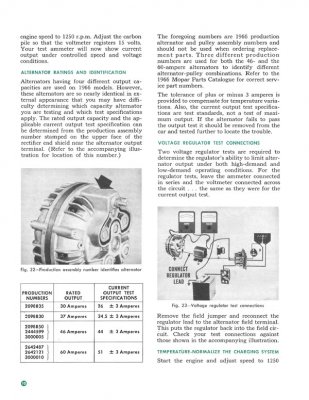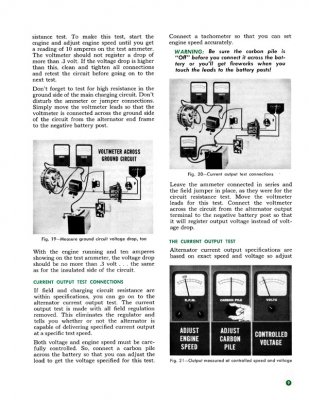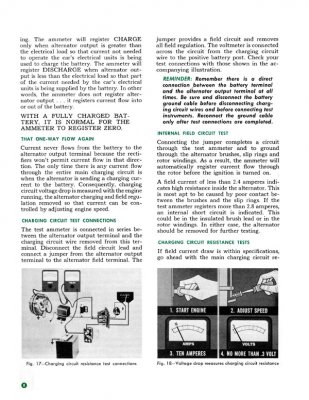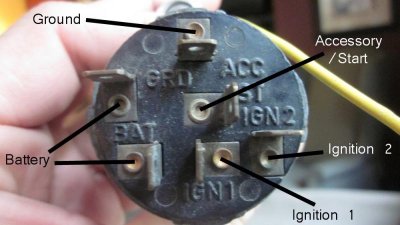quoting 440 roadrunner ffbo member.......
BULKHEAD CONNECTOR
But there are several problems with these old cars
PLEASE read the Mad article I posted.
Here's how your headlight power works
Because you now jumpered the charging line, you now have TWO wires essentially in parallel supplying power INTO the car through the bulkhead
These conductors are the original wire from the battery -- starter relay - fuse link - through the bulkhead - to the ammeter
The second one is now battery --your new jumper wire-- from the alternator -- through the bulkhead -- to the other side of the ammeter
(It would be BEST to disconnect the ammeter and jumper these two wires together IN CASE the ammeter has developed a problem)
NEXT coming off one side of the ammeter is the IN HARNESS SPLICE
From this splice is an UNfused wire going directly to the headlight switch, and the swtich has a breaker built into it
THIS WIRE ONLY SUPPLIES the headlights, NOT the tail / park and instrument lights which comes off a separate fuse
With the switch on, headlight power next goes to the DIMMER SWITCH and either hi or low beams is selected, the power then goes out through the BULKHEAD CONNECTOR to the headlights
So the problem could be a damaged BULKHEAD CONNECTOR, IN HARNESS SPLICE, LIght switch CONNECTOR, the LIGHT SWITCH itself, a bad DIMMER SWITCH, back OUT through the BULKHEAD CONNECTOR, and of course, last, problems right AT THE HEADLIGHT CONNECTORS including the GROUND at the headlights, as the lights are grounded from a pigtail coming off the headlight connectors.
This is one of the easiest circuits to check out. I usually start with the dimmer switch because it's easy to get to.
First, take a good look at your HIGH BEAM INDICATOR. Power for this indicator comes directly off the hi beam side of the dimmer switch. If you are NOT getting power there in hi, then the trouble is on the INTERIOR side of the car, most likely. This is assuming other accessories operate normally, such as radio, heater, wipers.
Take a meter/ test lamp and probe the dimmer. You should always have two terminals hot, as this is a simple double throw switch -- one terminal gets power from the light switch, ONE of the other terminals feeds power to the lights.
If you have no power to the switch, you have no choice but to access the light switch.
You know how to remove the switch? THAT is a little trick. Unhook the battery ground, reach up under the dash, and feel for the release button on the switch. Pull the **** out as far as it will go with one hand, push the release, and "fiddle" a little with the **** and release until the **** and shaft comes outFrom there it's a matter of inspecting the connector for melt/ heat damage or corrosion, and determine if the switch has power or whether the switch has given up.




















